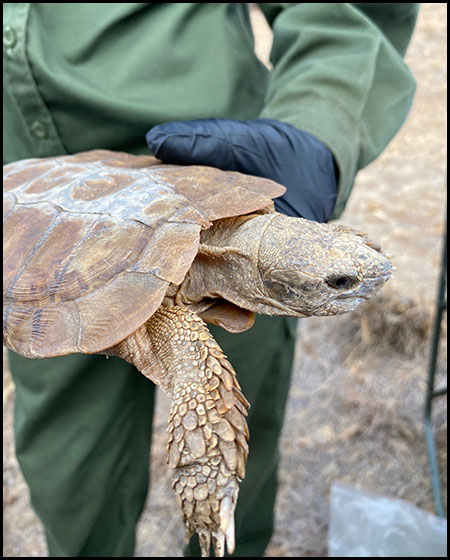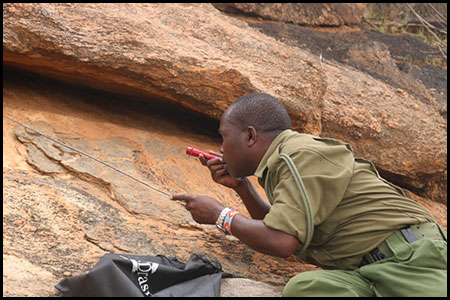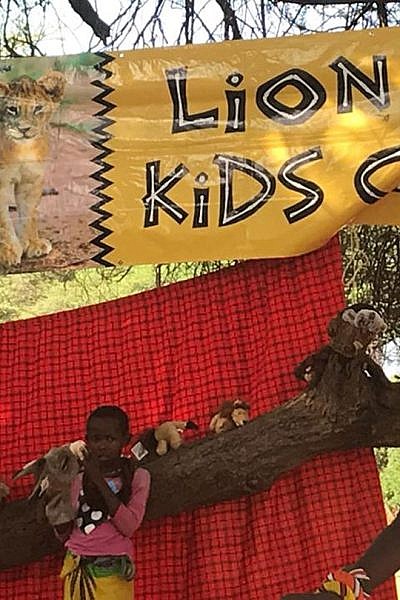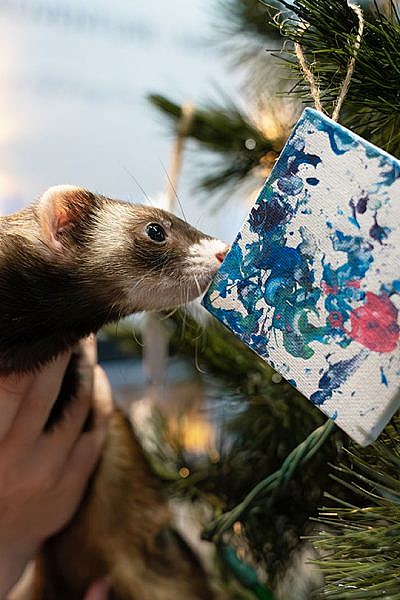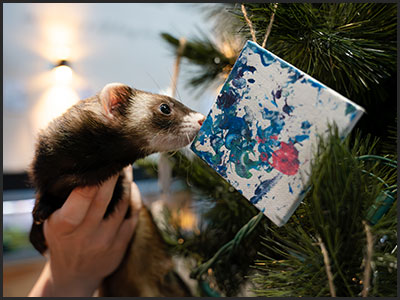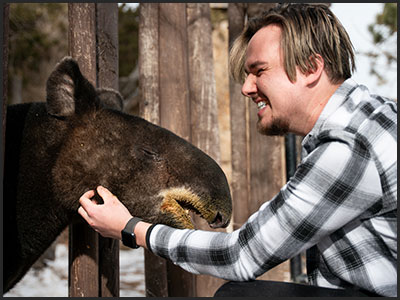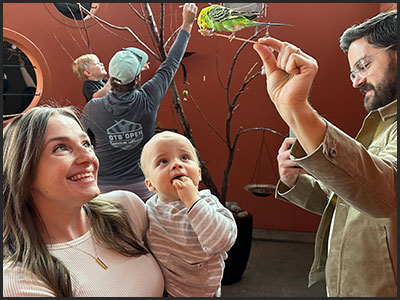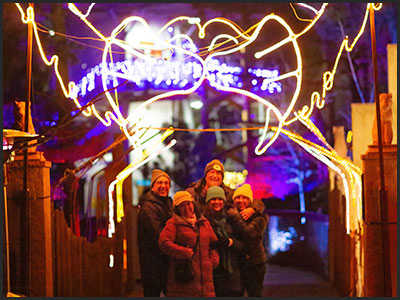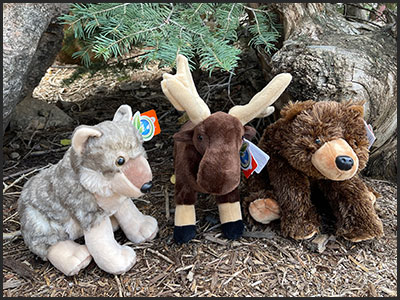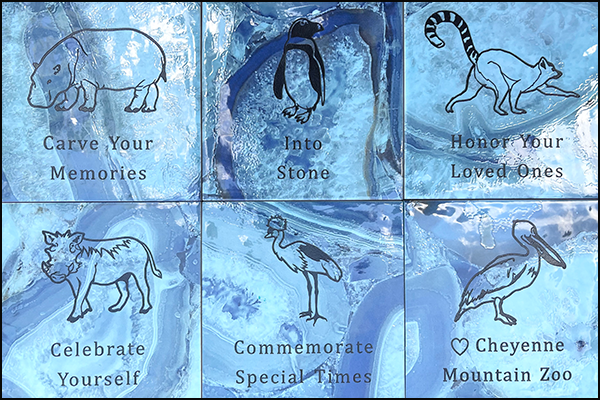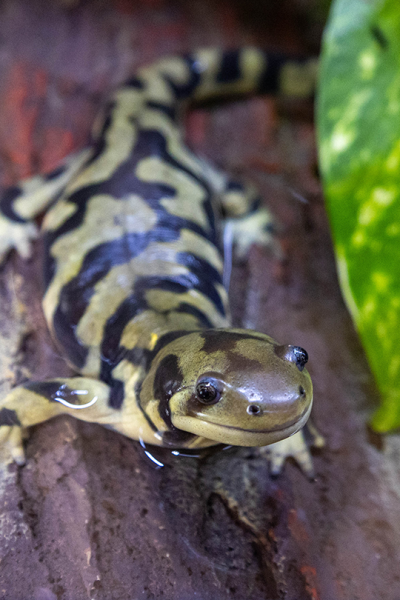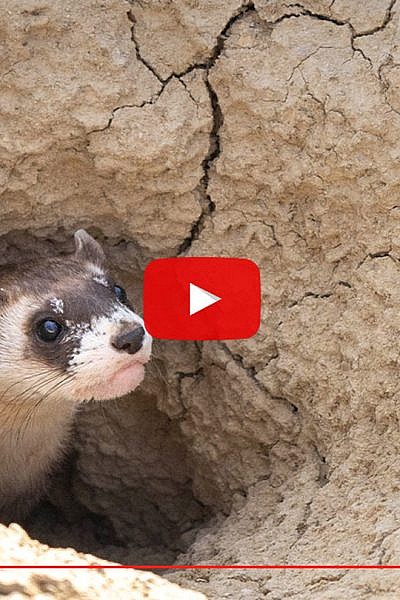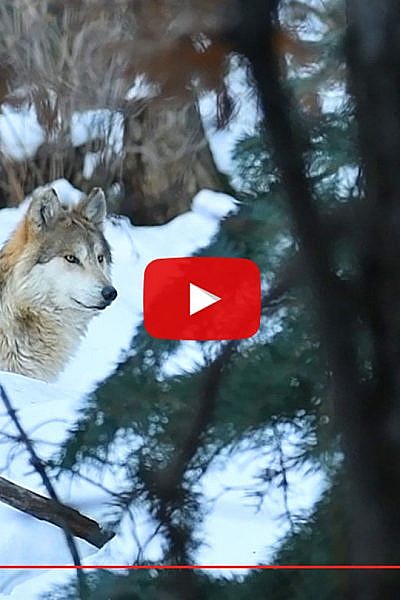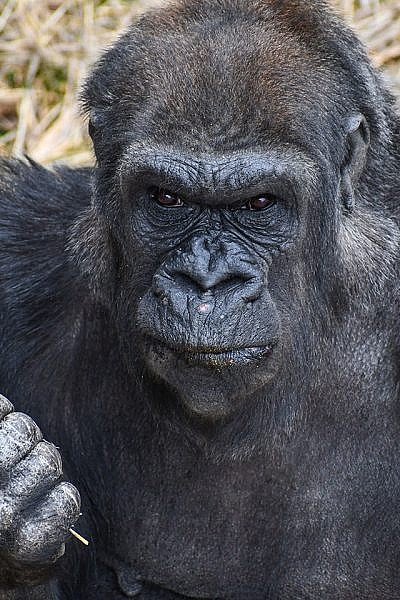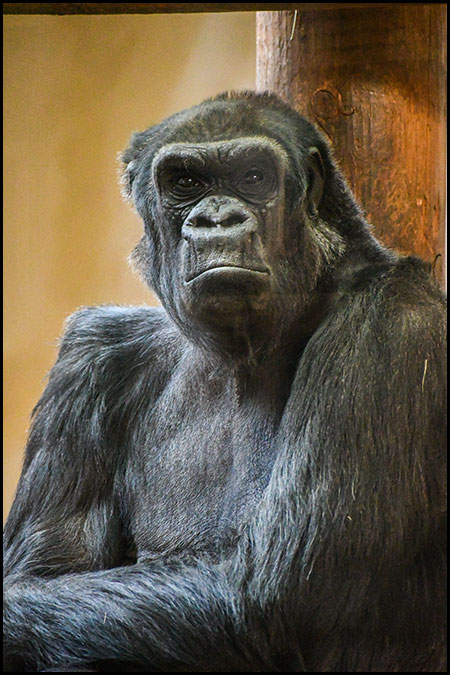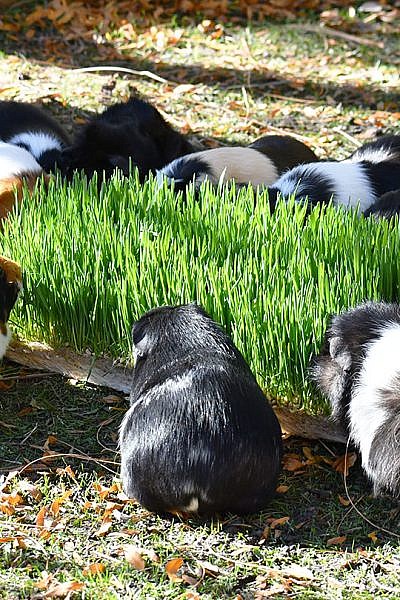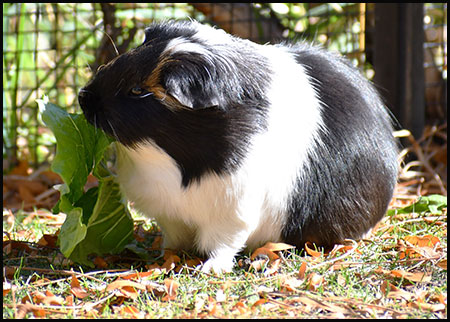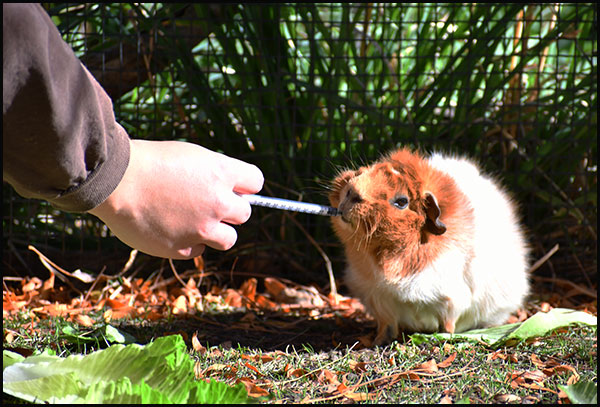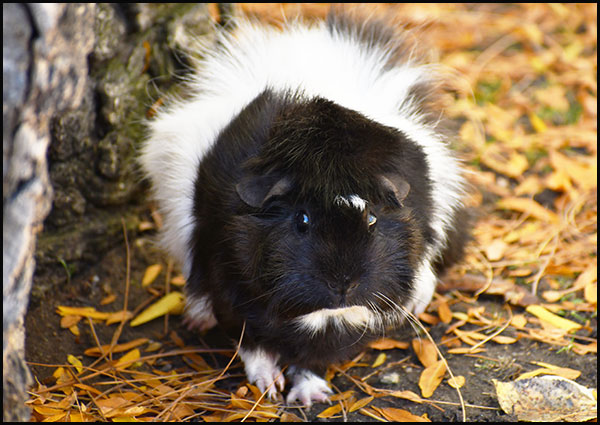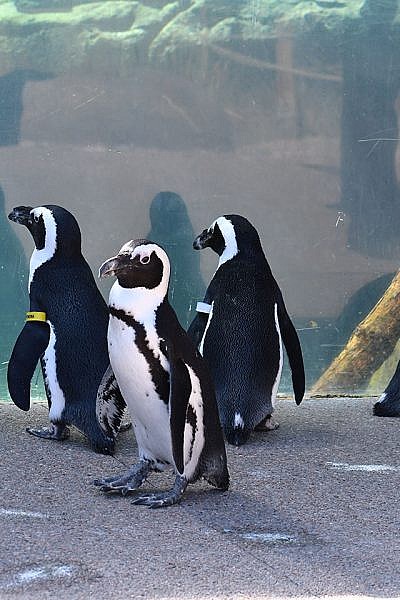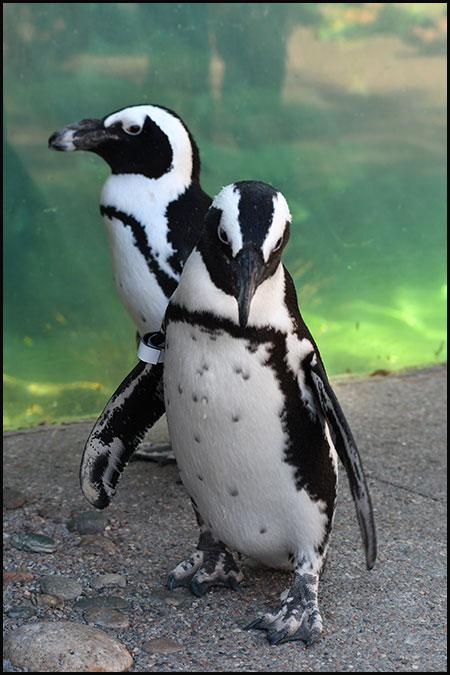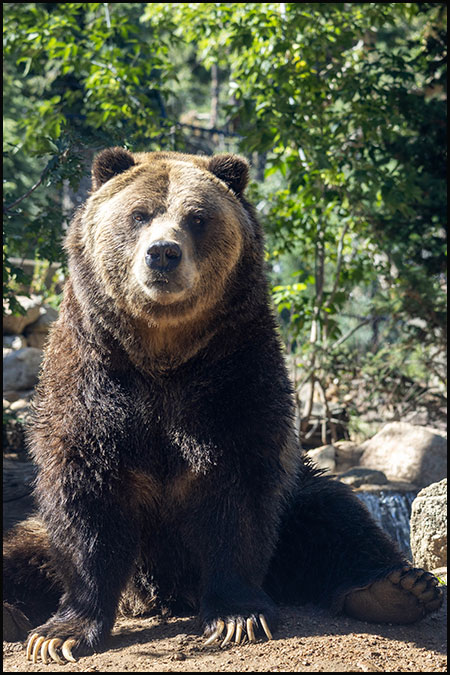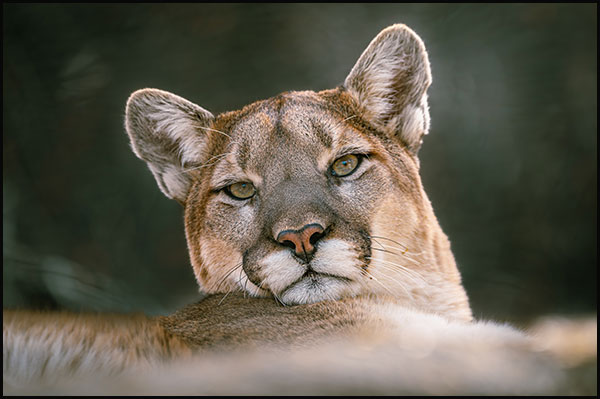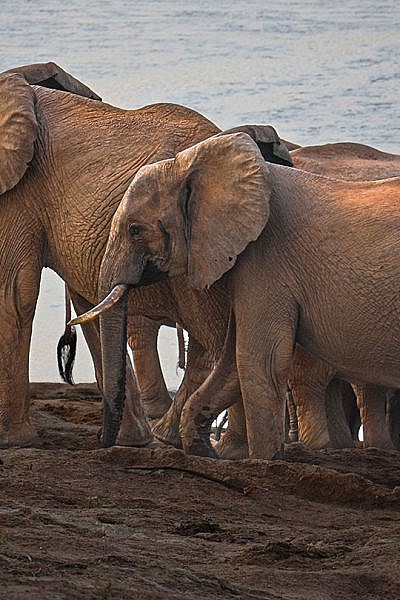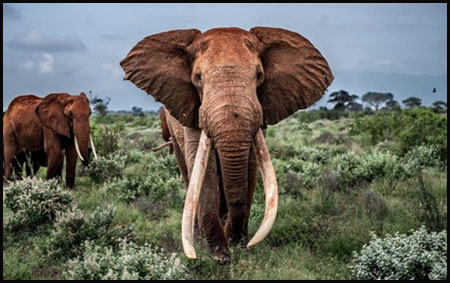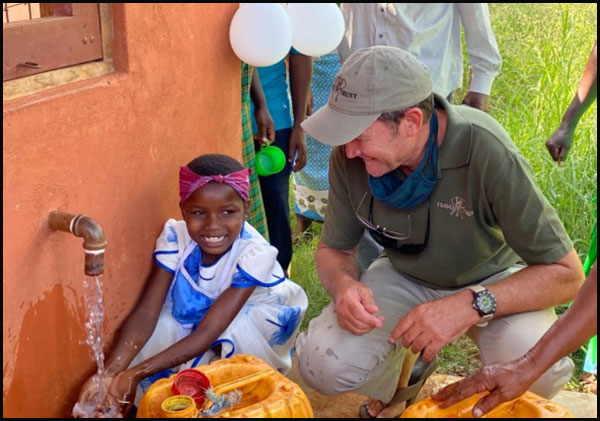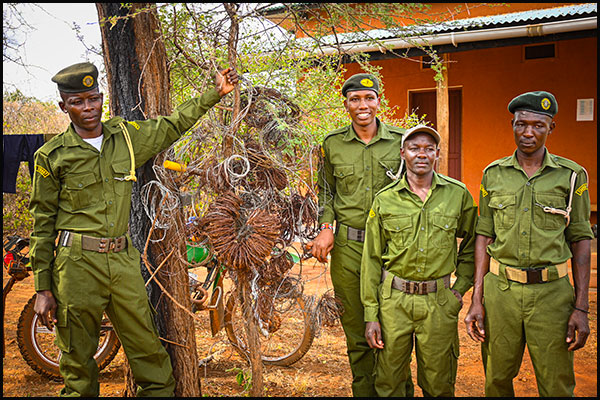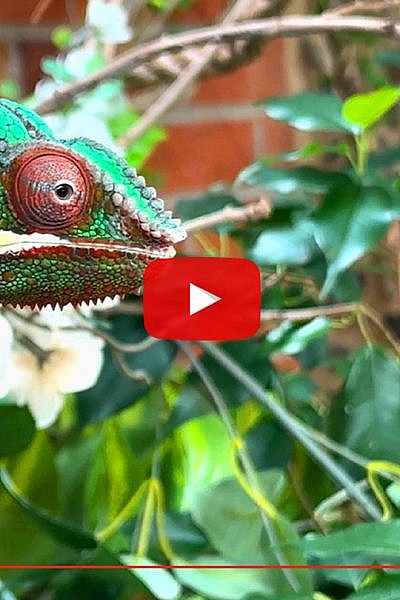CMZoo is open every day of the year, and winter is an excellent time to explore a quieter mountain Zoo. Rocky Mountain Wild and Asian Highlands are at the top of most CMZoo visitors’ itineraries in winter. But, tucked into a corner of My Big Backyard lies a cozy treehouse brimming with 22 fascinating species that shouldn’t be missed.
In between visiting winter-loving animals like Chewy the tiger; Atka the moose; Adira, Sitka and Koda the mountain lions; and Emmett and Digger the grizzly bears, warm up in The Treehouse. Use this guide to get to know some of the smaller species at the Zoo, starting on your left as you enter The Treehouse.
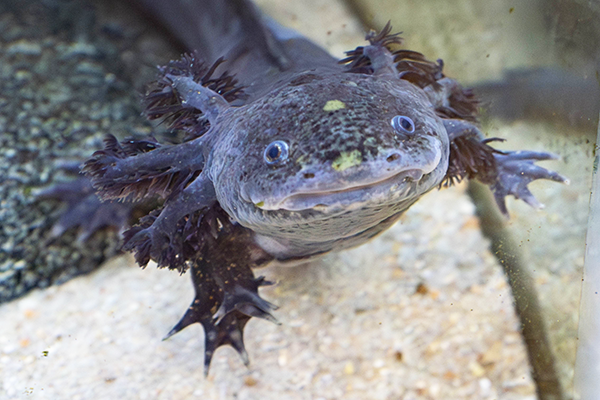
Axolotls
Two axolotls named Tortilla and Taquito live in The Treehouse. Axolotls (pronounced ax-o-LOT-uls) are only found in one lake in Mexico, where they still live in the wild. These fully aquatic salamanders have amazing regenerative qualities, evidenced by Tortilla’s extra hand. Keepers can’t be sure, but they believe Tortilla had an injury to his hand and a second one grew to replace it, but the first hand survived, and he continues to thrive with both!
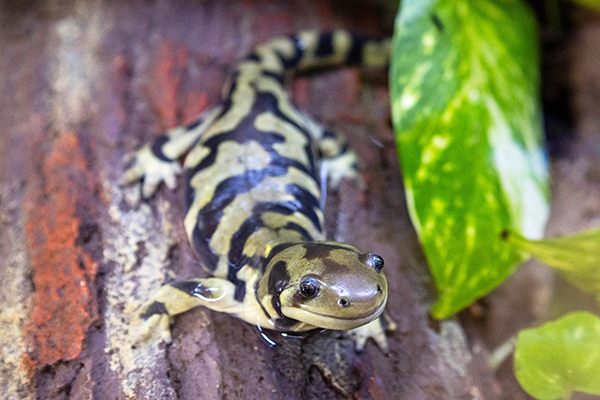
Tiger Salamanders
These colorful creatures are Colorado’s state amphibian. It’s hard to imagine a tiny, wet amphibian surviving Colorado’s subzero winter temperatures, but they have been here since prehistoric times! Wormwood, Lavender and Trunchbull, CMZoo’s tiger salamanders, help guests remember to keep an eye out for wild tiger salamanders in Colorado creeks, ponds and wetlands. If you find one, take a moment to appreciate it from a distance, and then leave it where you found it. Even if it seems too cold outside, it’s not!

African Bullfrog
Bubba, CMZoo’s African bullfrog, weighs nearly two pounds – about average for a full-grown bullfrog like him. As South Africa’s largest frog, they maintain their size by eating rodents, birds and amphibians.
Contrary to most dads in the animal kingdom, male African bullfrogs protect and raise their young. They stay with fertilized eggs and tadpoles to protect them from predators and have even been seen digging trenches to supply their young with lifesaving water during droughts.
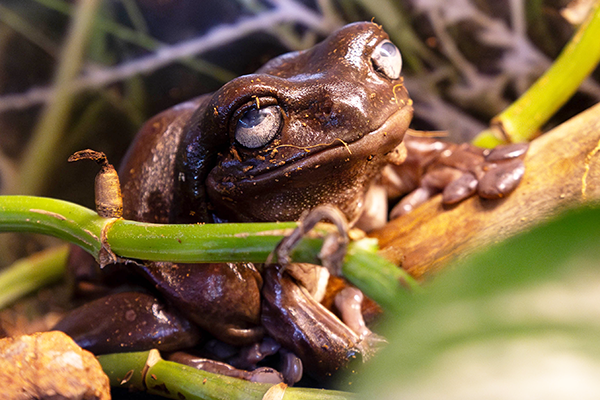
White’s Tree Frogs
White’s tree frogs are light green or brown, not white. They’re named after John White, an Irish naturalist and surgeon who first described them in Australia in 1790. Jabba, CMZoo’s White’s tree frog in The Treehouse, is at least 17 years old! He has lived at CMZoo since 2007.
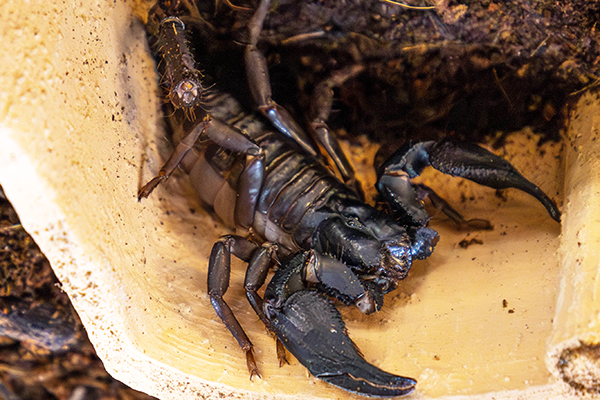
Asian Forest Scorpions
Jelly, the Asian forest scorpion living in The Treehouse, was named in homage to his mom, Donut.
When baby scorpions – called scorplings – are born, their moms carry them on their backs. All 2,000 species of scorpions are venomous, but only 25 species are deadly to humans – not including the Asian forest scorpion. Like all scorpions, Jelly is florescent under a black light.
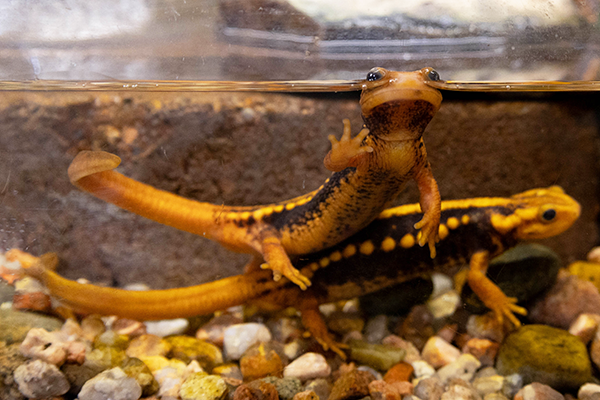
Emperor Newts
Emperor newts are native to western Yunnan province in China, in the mountains along the Nu, Lancang and Yuan rivers. In The Treehouse, you can spot three generations of these newts. The Zoo recently started attempting to breed the near-threatened amphibians. Emperor newts are poisonous, which means they can be harmful when eaten. They excrete toxins through their skin to deter predators who might think they’re a tasty snack.
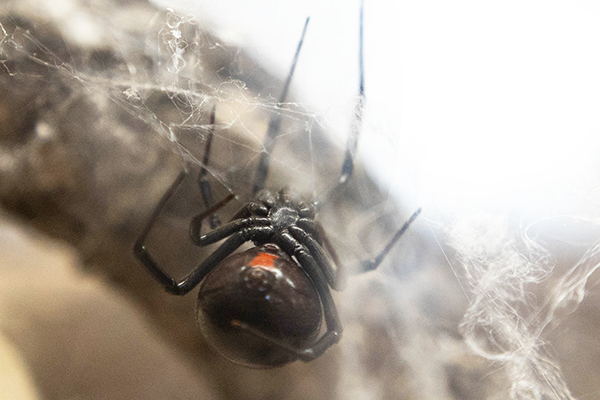
Black Widows
With such a formidable name, you can see why people would be wary of black widows, including Scarlett and Natasha, who live in The Treehouse. They’re not innately aggressive, and there hasn’t been a recorded death by a black widow since 1983, when the anti-venom became widely available. Still, it’s wise to keep an eye out for black widows in your garden and to help young children and pets avoid them. They are commonly found in Colorado, and help control the insect population by building their signature ‘messy’ and extremely durable webs near the ground.
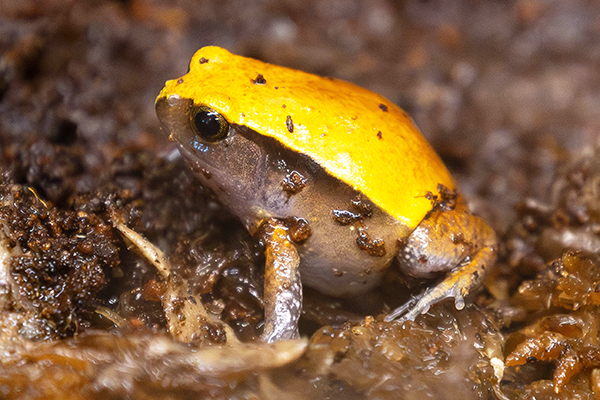
Tomato Frogs
These light orange, yellow or red frogs are endemic – meaning they are only found in one place – to Madagascar’s rainforests and swamp forests. Reproductively mature females are typically bright red, and juveniles and males can be brown or light green. In The Treehouse, Heinz and Roma, CMZoo’s tomato frogs, are still settling in. They and Clyde, a Pac-Man frog, are the newest residents.
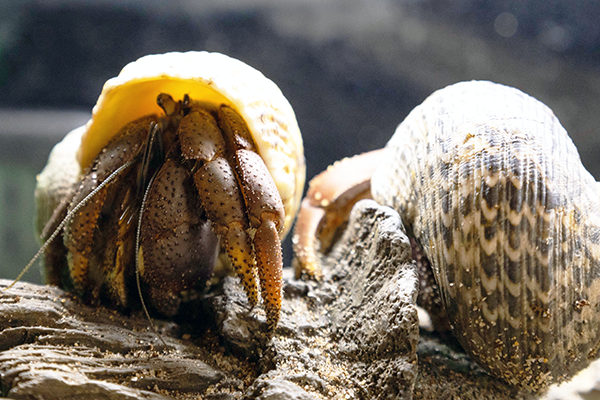
Hermit Crabs
Three hermit crabs live together in The Treehouse and because they take turns switching shells routinely, they don’t have individual names. They do like to exercise, though. The three crabs also take turns on a hamster wheel in their enclosure.
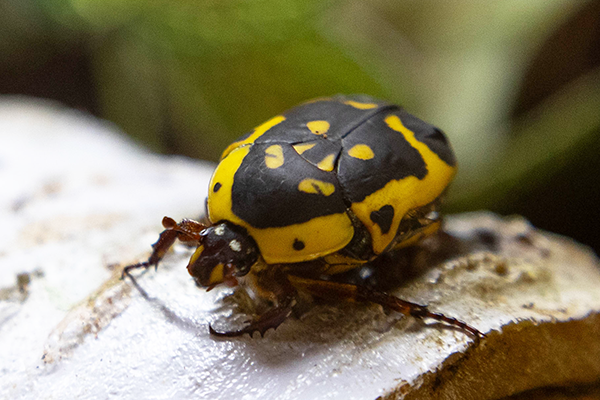
Fruit Chafer Beetles
A colony of black-and-yellow beetles, native to Namibia, South Africa and Egypt, are next door to the hermit crabs. The fruit chafer beetles are decomposers, playing an important recycling role in their ecosystem. In The Treehouse, you can often spot beetle larvae buried in the dirt. Surprisingly, the larvae are much bigger than the beetles, around the size of a human pinky finger.
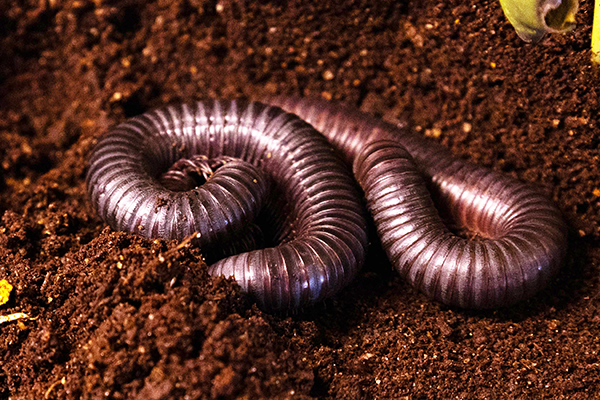
Giant African Millipedes
Another important decomposer, the giant African millipede is often misidentified for its venomous cousin, the centipede. Millipedes are poisonous, which means if you eat a millipede, you’ll get sick. Centipedes are venomous, which means they have venom and can sting. Still, millipedes have their own intimidation factor: giant African millipedes can grow to be a foot long!
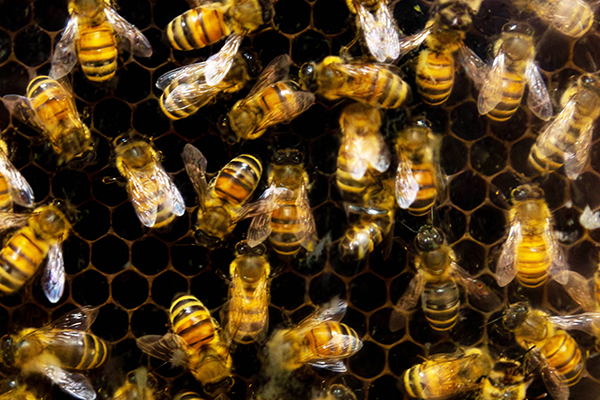
Honeybees
Guests can get a bee’s eye view of the inner workings of a honeybee hive in The Treehouse. The plexiglass-sided hive visible from The Treehouse is only about one-sixth of the entire hive, consisting of around 20,000 bees. Honey is their winter food source, and they’re well-stocked this year. In the spring, they’ll ramp up egg laying and honey production, with more access to pollen and plants.
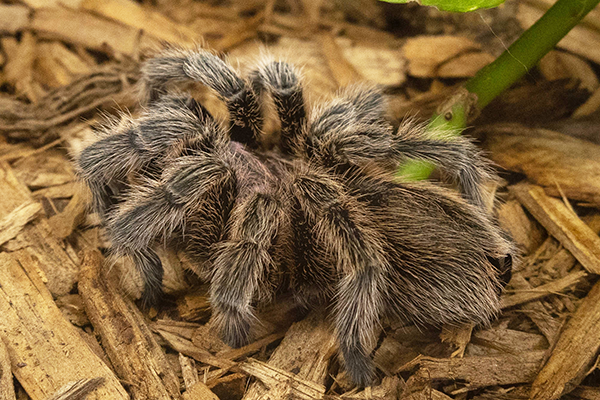
Tarantulas
Four fuzzy tarantulas live in The Treehouse, representing four different species of tarantula. Miriam Webster is a green bottled blue tarantula. Miss Frizzle is a curly haired tarantula. Anne Marie is a desert blonde tarantula. Terry is a Chilean rose-haired tarantula. Although these species are native to different parts of the world, they have a lot in common.
Tarantulas have special sensing hairs on their legs, and they interpret their world through vibrations they can feel on the sensitive hairs all over their bodies. They also have barbed hairs that they can throw towards a perceived threat. Aiming for a predators’ eyes might give the tarantula a chance to get away. Female tarantulas can live around 25 years, on average, and males only live around 3 to 5 years. The severe difference in life expectancies is thought to be a safeguard for genetic diversity. By the time a female reaches reproductive maturity around age 5, her brothers and father have likely passed away.
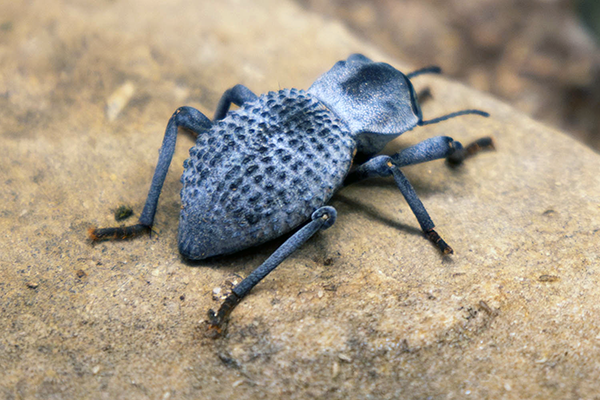
Blue Death Feigning Beetles
These neighbor-state natives are local to Arizona, and they’re named as such because they play dead when they feel threatened. They’re important decomposers in the desert ecosystem. They help things decompose and nourish their environment, before they can be mummified by extreme temperatures.
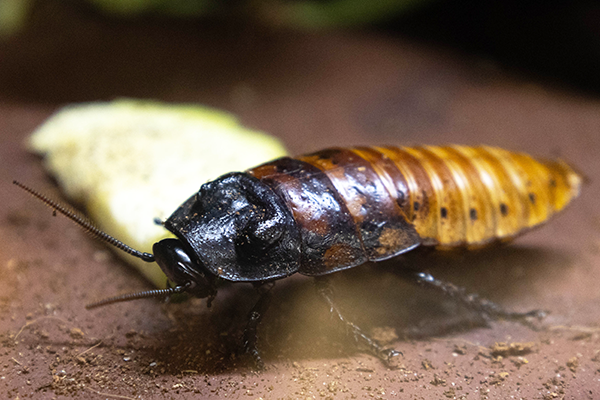
Madagascar Hissing Cockroaches
There are 4,500 species of cockroaches, but only four are prolific pests, like the classic house guests we all fear. The rest of them are just out in nature, being decomposers and helping their ecosystems thrive.
Simandoa cave cockroach
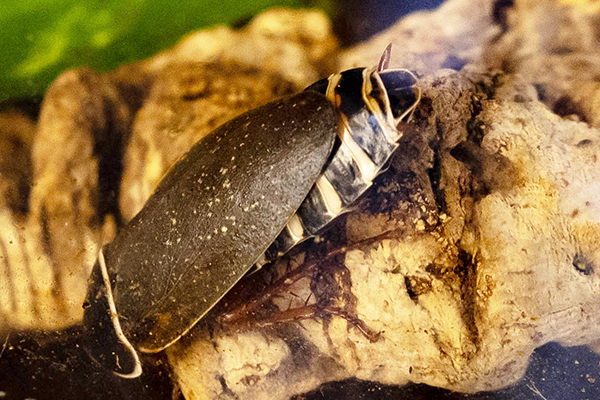
Simandoa Cave cockroaches
The Treehouse, guests can appreciate the beautiful appearance of the Simandoa cave cockroach, native to Africa and considered extinct in the wild. The less flashy Madagascar variety warns predators by making a hissing noise. It is not actually hissing; it’s forcing air through spiracles (little holes) along its sides. If that’s not threatening enough, the males have horns on their heads.
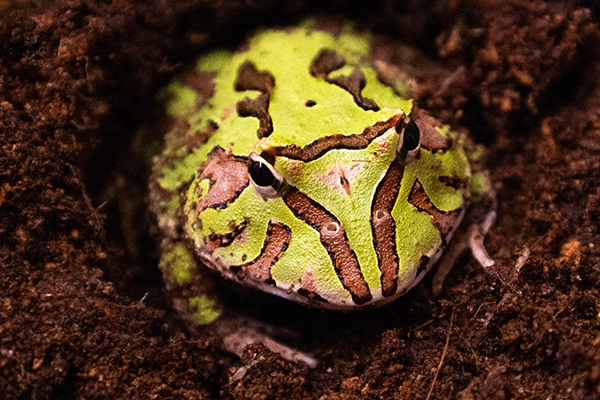
Pac-Man Frog
Clyde, the Pac-Man frog who recently moved into The Treehouse is also known as a South American or Argentine horned frog. Clyde is still growing, and he could weigh up to a pound at maturity. Right now, Clyde enjoys a diet of crickets and cockroaches. Bigger Pac-Man frogs eat larger insects and small rodents. These big meals are made possible by Pac-Man frogs’ disproportionately large mouths, which are also the inspiration for their common reference to Pac-Man.
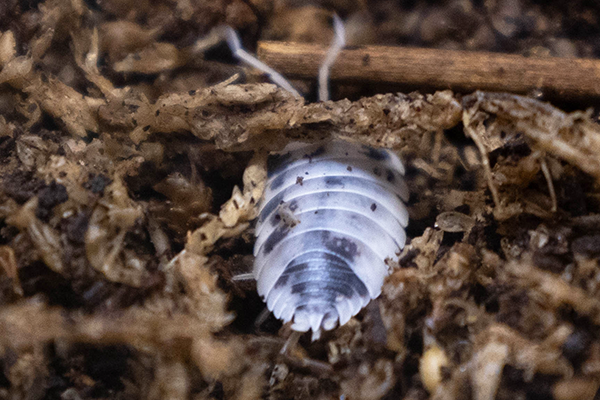
Dairy Cow Pill Bugs or Isopods
Named for their dairy-cow-like black and white spots, these are also called roly-polies by some. They’re crustaceans, like crabs and shrimp, that help ecosystems regenerate through decomposition. They prefer to live underground, so they can be hard to spot. While you’re warming up in The Treehouse this winter, give it a shot.
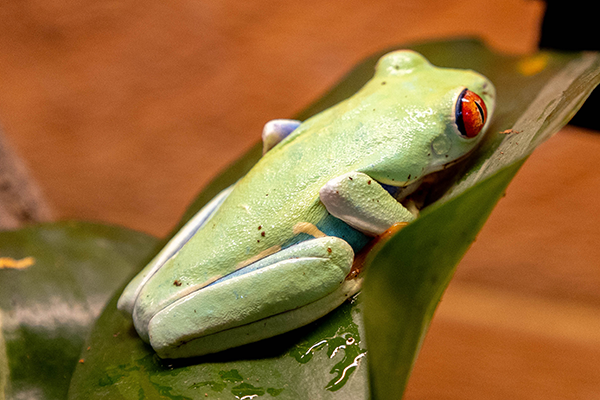
Red-Eyed Tree Frog
Unless you’re exploring during a WildNight at the Zoo, it’s likely you’ll catch Gamora snoozing. Red-eyed tree frogs, like Gamora who lives in The Treehouse, are nocturnal. Still, she’s a lot of fun to observe. See if you can spot her using her incredibly grippy foot pads to sleep on the underside of a leaf, or on the side of her enclosure. Red-eyed tree frogs have an excellent example of a defense mechanism called ‘startle coloration.’ When she opens her eyelids to reveal her big, red eyes, most predators will see them as a poison warning and choose an easier target.
Now that you know a bit about each of the incredible animals in The Treehouse, use this guide as a checklist. See if you can visit each Treehouse resident this winter, taking time to observe them individually, and making notes about your own observations.
Back to The Waterhole
